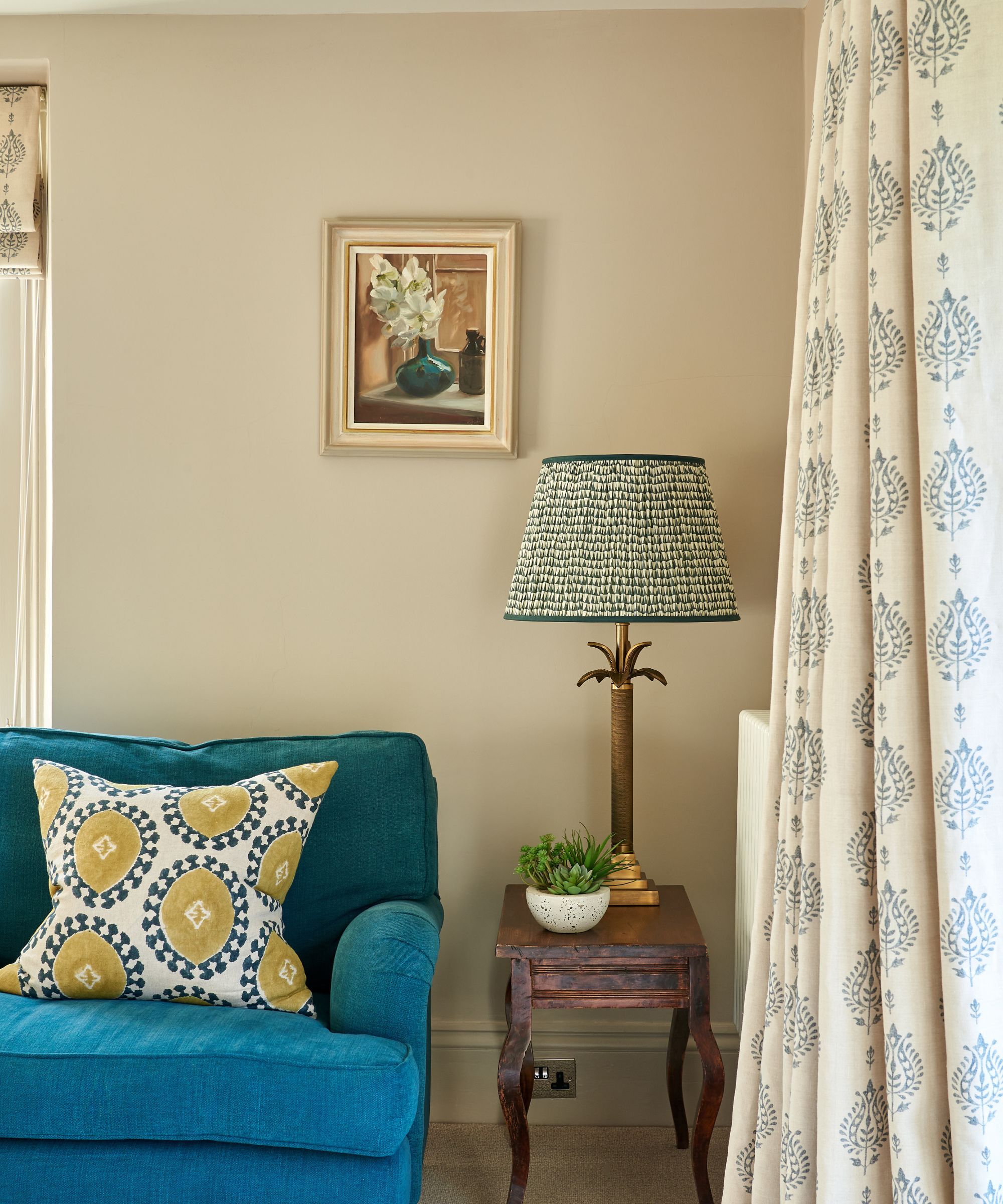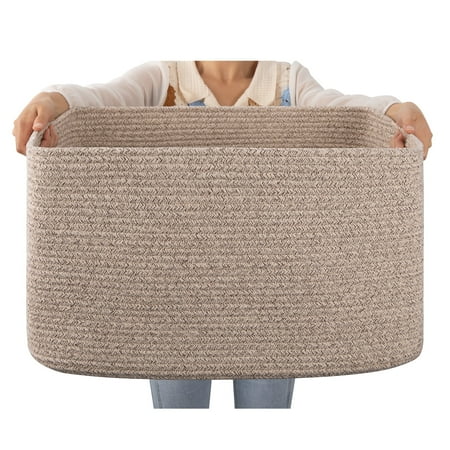
It can be hard to let items go, even ones we don't use. But personifying possessions, and picturing them leading a great life and fulfilling their purpose with someone else, makes decluttering far easier and blissfully guilt-free.
This clever decluttering tip doesn't take a lot of extra time or any special tools, just your imagination. And, according to organizing experts, the process will transform your mindset from one of guilt to gratitude.
Here's why personifying your possessions works, and how to do it to unlock simple, quick, and easy decluttering sessions.
What does 'personifying your possessions' mean?
Personifying your possessions might sound cryptic, but it's a simple premise that's incredibly helpful. Shantae Duckworth, a Seattle-based home organizer at Fresh Starts Registry, explains it concisely. 'Personifying your possessions is different to other decluttering methods. It means imagining your items as if they had their own desires, purpose, or characteristics, like your favorite book longing to be read again, or that cozy sweater wishing to keep someone warm.'
If you don't wear that sweater, couldn't it keep someone else warm? If you have already read that book and are highly unlikely to read it again, wouldn't it love to continue 'living its life' and be enjoyed by someone else?
Angelia York, vice president and organizer at Saint Louis Closet Co, adds, 'It eases your guilt by saying “someone can benefit from this now” instead of “I spent money on this”. It also makes the process lighter and more playful, which can help a person to overcome decision fatigue.'
How personifying possessions help you declutter more easily

Personifying your possessions helps you bypass decluttering roadblocks for many reasons, but mainly because it triggers a crucial change in mindset about your belongings.
'Thinking of your items in a personified way is a gentle mindset shift that transforms our relationship to things from guilt or obligation to compassion and gratitude,' says Shantae.
With this decluttering method, you aren't just getting rid of things, but rather setting it free to coexist with someone else in the world who can use it, love it, or might need it more than you.
Angelia adds, 'Reframing the process of decluttering to one of liberation for you and the item can really help to calm down what can be a difficult process, as well as work better long term to keep your home clutter-free.'
How to personify your possessions and let go

To personify your possessions, you must first try your best to put yourself in the position of the item. Then, from there, consider its purpose and whether it's being met at the moment in your home.
Patricia Bathurst, a licensed marriage and family therapist at The Oasis Recovery who helps people going through all kinds of anxieties and struggles, suggests asking yourself these questions to help you let go of belongings:
- What does this item 'want' to do or be? Does it want to be read, keep someone warm, or store something for example?
- What is this item’s future story? In your life, it may have no future, but in someone else's, it could live up to its potential.
- What can someone else do with it if you let it go? Let your imagination run wild. Think of all the adventures it could go on rather than sitting in your closet or hidden at the back of a home organizing idea. That shirt could see the world and be someone's new favorite, or that fragrance could become someone's signature scent.
If you believe, after going through this process, that an item could lead a more exciting life elsewhere and you don't use, need, or love it, there will be far less mental and emotional friction stopping you from letting it go.
Decluttering essentials

Using a large basket like this one to declutter your items into is a great way to ease overwhelm by setting yourself a goal. As you personify your possessions, any you feel able to part with can go in here ready for donating or selling.

Biodegradable bags are ideal for collecting together decluttered goods for donation. These are heavy-duty and have handles for ease.

You may find it helpful to write down your reasons for parting with items to aid the process of personifying your possessions with a view to decluttering more easily.
Meet the experts
Personifying your sentimental items may be slightly tougher as there's a deeper sense of emotional connection to navigate. So, if you're hoping to pare down on nostalgia-inducing pieces, we recommend taking time to learn how to declutter sentimental items when it feels hard to let go.







